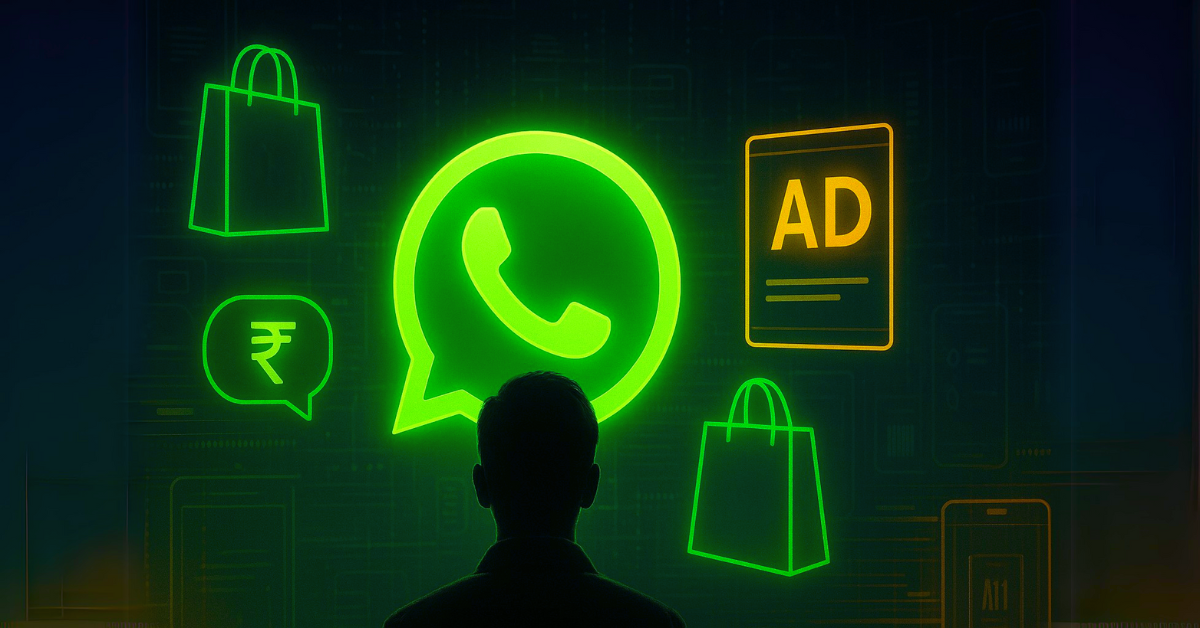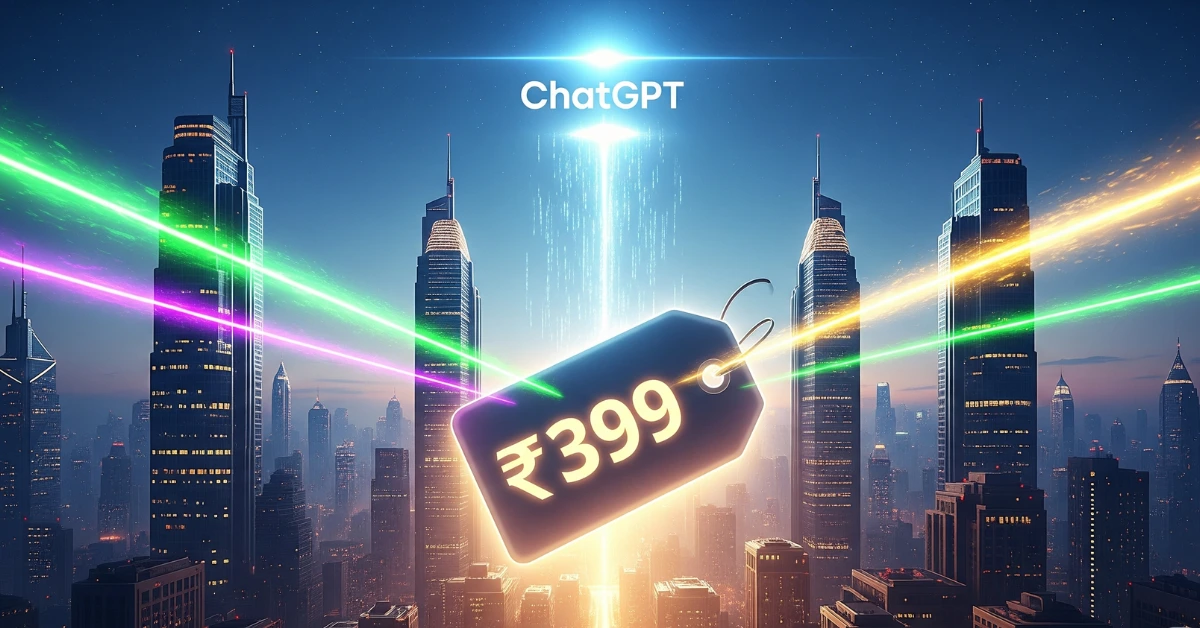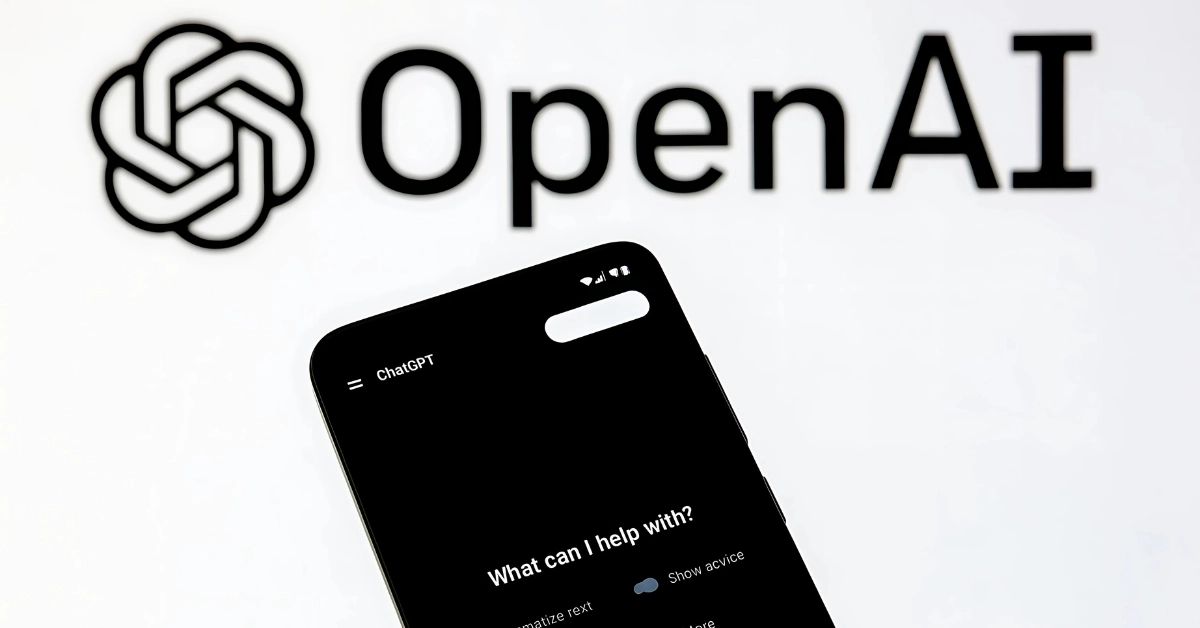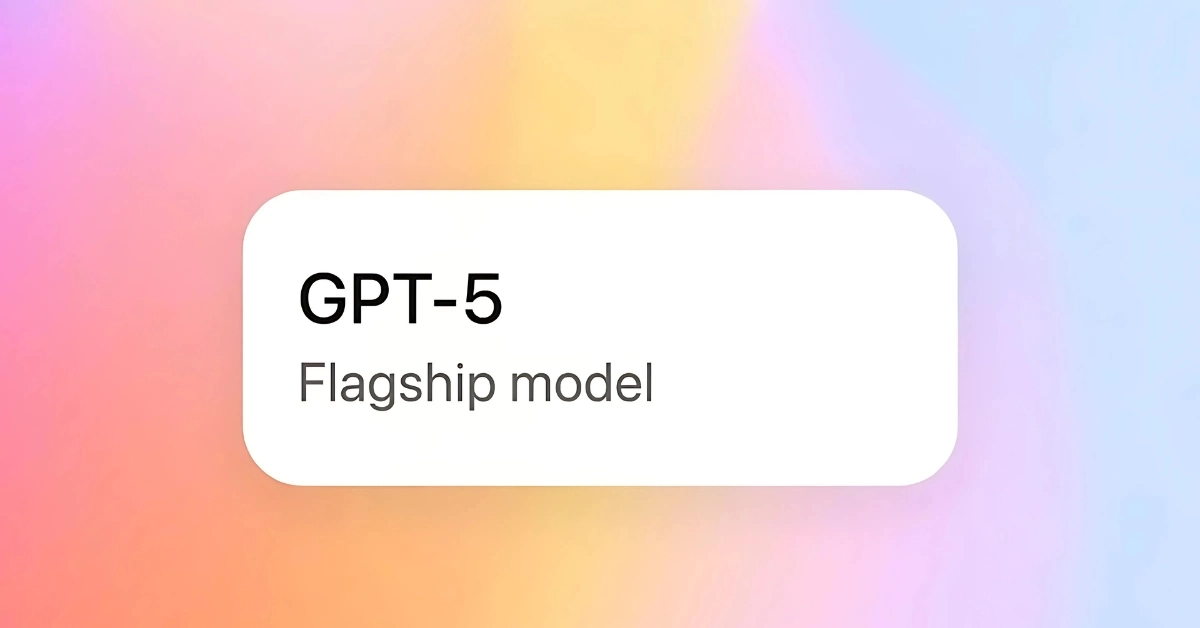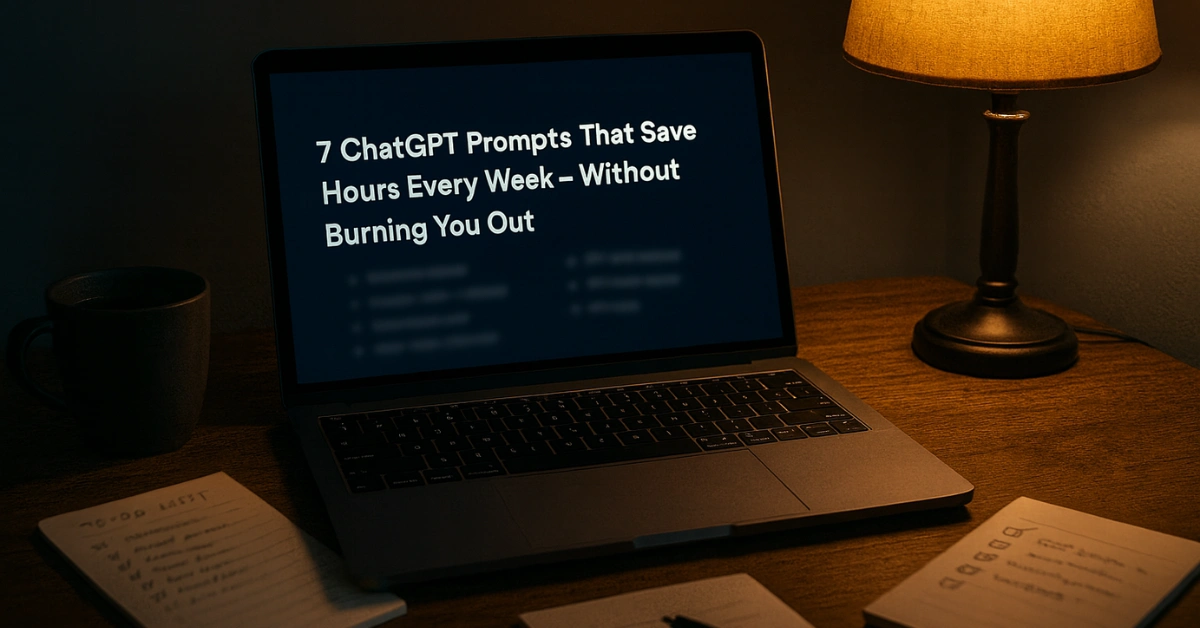By Mohit Singhania | Updated: June 28, 2025 | 6 min read
UPI changed everything. Whether you are paying for a chai in Delhi or buying a kurta in Jaipur, all it takes is a QR scan and a few taps. No need to carry cash or wait for change. But as India’s digital payments got smoother, the threats hiding beneath them got sharper too.
According to the Reserve Bank of India, more than 95,000 cases of digital fraud were reported in the financial year 2023-24. UPI-related scams made up a large chunk of those numbers.
This article is your practical, plain-speak guide to understanding how these scams work and how you can stay protected. Because in a country going digital faster than ever, knowing the tricks is just as important as knowing the tech.
UPI’s Growth Is Also Fueling a New Type of Digital Crime
India processed more than 14.04 billion UPI transactions in May 2025 alone, according to official NPCI data, with total value touching ₹18.41 lakh crore. These transactions are fast, easy, and irreversible. That last part is important. Once you send money, it is gone. There is no cancel button.
This has made UPI a sweet spot for scamsters. The bigger the volume, the better their chances of catching someone off-guard.
Every minute a payment happens. Every second is a potential trap.
Refund Request Scams Are Getting Smarter by the Day
This one starts off polite.
“Sir, I sent ₹2,000 by mistake. Can you please send it back?”
Or sometimes they skip that and just send you a collect request. You approve it, thinking you’re receiving money. But what actually happens is the opposite. You send money instead.
Case from Gurugram (March 2024):
A man lost ₹18,000 while trying to sell his old sofa online. The buyer sent a fake UPI collect request. The moment it was approved, the money disappeared and so did the scammer.
How to stay safe:
If you didn’t start the transaction, don’t approve anything. Real payments don’t need your approval.
QR Code Traps Are Still Tricking Users in 2025
You might get a message or see a poster that says something like “Scan this QR to receive ₹500 cashback.”
It is a trap. UPI QR codes are only meant for sending money. If you scan and enter your PIN, you are the one transferring money, not the other way around.
According to CERT-In’s April 2025 advisory, QR codes shared on WhatsApp, email, or social media could lead to phishing pages or direct you to malicious links.
The takeaway:
If you did not ask for it, don’t scan it. And never enter your PIN just because a QR code promises money.
Beware of Fake Helpline Numbers on Google
If you search for “Paytm customer care” or “GPay support” on Google, chances are you will find some numbers that look legit but are actually fake.
Scammers buy ads or manipulate listings. When you call, they sound professional. They may ask you to share your screen, provide OTPs, or install remote access apps like AnyDesk. All of this puts your account at serious risk.
Better option:
Use the support option inside the official app. Never trust helpline numbers from random search results.
The “Accidental Transfer” Trick Could Involve You in Fraud
In this scam, money comes into your account from an unknown source. A person quickly calls, saying they sent it by mistake and need it back urgently. You might send it back, thinking you are doing the right thing.
But what if the original transfer was from a hacked account? You have now helped the scammer move stolen money.
Best practice:
Do not return unknown funds. Call your bank and report the transaction instead.
Phishing Messages Using KYC or Cashback as Bait
Messages like “Complete your UPI KYC or your account will be suspended” or “You have won ₹10,000 cashback” are nothing new, but they are still working.
These messages usually come with a link. That link takes you to a fake version of your UPI app’s website. Everything looks real. But once you enter your details, the scammer has access to your account.
CERT-In’s advice:
The CERT-In portal warns against clicking on suspicious links that mimic official UPI apps.
Your Quick Checklist to Catch a Scam Before It Catches You
| Suspicious Sign | What It Actually Means |
|---|---|
| QR code for receiving money | UPI QR only works one way — for sending money |
| Collect request from a buyer | It’s a scam tricking you into paying them |
| Cashback or lottery via SMS | Classic bait used in phishing scams |
| Customer care number from Google | Could be a fake listing used by fraudsters |
| Requests for your OTP or UPI PIN | No real support agent will ever ask this |
Tools That Can Help You Stay Protected
| Tool | What It Does |
|---|---|
| Truecaller | Identifies known scam or fraud calls instantly |
| Safe Security App | Lets you lock your UPI apps and detects phishing risks |
| Google Play Protect | Scans apps for security threats in real-time |
| CERT-In Portal | Tracks and reports active scams (cert-in.org.in) |
Where Are These Scams Happening the Most?
According to NCRB’s 2024 data, cities like Mumbai, Delhi NCR, Bengaluru, and Hyderabad report the highest number of digital fraud cases. These metro regions are heavy users of UPI, and that makes them prime targets.
Scammers tend to go where the money is. If you live in or near a Tier-1 city, staying cautious is not just good advice — it is a necessity.
Final Thoughts
UPI is one of India’s proudest digital achievements, but with speed and convenience come new responsibilities. Knowing how to avoid scams is now just as important as knowing how to use the app.
It takes only a moment of doubt or trust in the wrong place for things to go wrong. So if something feels off, pause. Check. Ask. Better to delay a few seconds than lose your hard-earned money in an instant.
Share this with friends and family. Especially parents and grandparents. The best protection against UPI scams is simple awareness.
FAQ’s About UPI Scams:
How to identify a fake UPI transaction?
A fake UPI transaction often involves messages claiming accidental transfers, suspicious collect requests, or fake payment confirmations.Always check your UPI app’s transaction history and never trust screenshots or links sent over chat or SMS.
Can a bank reverse a UPI transaction if scammed?
No, UPI transactions are instant and usually irreversible. However, if you report the fraud immediately to your bank and NPCI, they may try to freeze the recipient’s account or recover funds depending on the case.
How can a UPI ID be misused?
Fraudsters can misuse your UPI ID by sending fake collect requests, phishing messages, or creating lookalike accounts to trick others into sending money. While the ID alone doesn’t allow access to your funds, it can be used as bait in scams.


